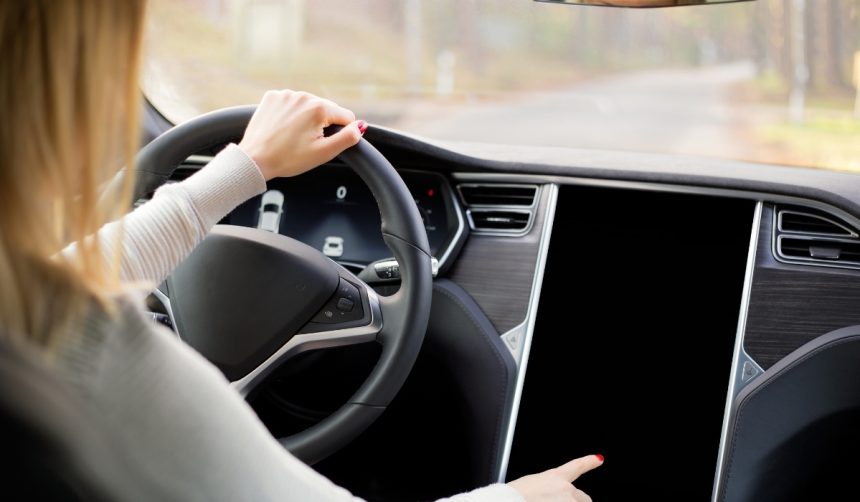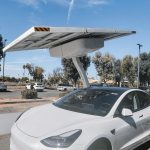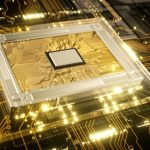Anticipation builds around Tesla‘s upcoming launch of its Robotaxi service, a significant step in the evolution of ride-hailing platforms. Scheduled to commence operations soon, this service reflects Tesla’s ambition to integrate autonomous driving technologies into mainstream transportation. The initiative not only promises a shift in how ride services are perceived but also hints at the broader implications for vehicle owners who can potentially earn income through their cars’ idle time.
Tesla has introduced the codename “Alicorn” for its Robotaxi and related app, linking the concept to a mythological creature symbolizing combined power and versatility. In the past, Tesla’s aim to commercialize autonomous driving technology within personal vehicles was emphasized by Elon Musk’s vision of customers generating income while their cars operate autonomously. Such innovative projections stir comparisons to historical announcements regarding autonomous driving innovations within Tesla’s roadmap. Previous declarations have often sparked public interest and speculative discussions on potential impacts on urban mobility and economic models.
Why the Alicorn Codename?
Alicorn, connoting elements of a unicorn and a pegasus, signifies the dual functionality of Tesla’s Robotaxi vehicles. These vehicles are envisioned to serve both personal transportation needs and passive income sources for owners. Musk highlighted this revenue potential by projecting annual earnings of up to $30,000 per vehicle. By adopting such a name, Tesla intends to underline the adaptability and transformative nature of its upcoming service.
No Separate App for Robotaxi?
Tesla doesn’t plan to introduce an independent app for the Robotaxi service. Instead, enhancements and features pertinent to Robotaxi operations will integrate seamlessly into the existing Tesla app. This design choice streamlines user experience, enabling existing Tesla users to access their vehicles’ new functionalities effortlessly. The coding innovations found in recent app updates underscore Tesla’s readiness to commence service, beginning conservatively in Austin before expanding.
Can Your Car Earn for You?
Tesla’s Robotaxi concept extends to enabling vehicle owners to utilize their cars for ride-hailing without active participation. A recent app decompilation uncovered features allowing users to manage ride assignments, while Full Self-Driving manages trips autonomously. This aligns with Tesla’s envisioned future where personal vehicles serve dually in personal transport and commercial capacities, eventually operating without any driver input as technology advances.
As Tesla prepares for this launch, discussions around integration, safety, and legal frameworks for autonomous vehicles continue to gain traction. The ability to generate income through autonomous vehicle capabilities not only alters traditional ownership perceptions but challenges broader transportation paradigms. Evaluating Tesla’s approach could offer insights into future mobility trends and economic opportunities catalyzed by autonomous technologies, inviting both excitement and critical examination from consumers and sectors involved.










